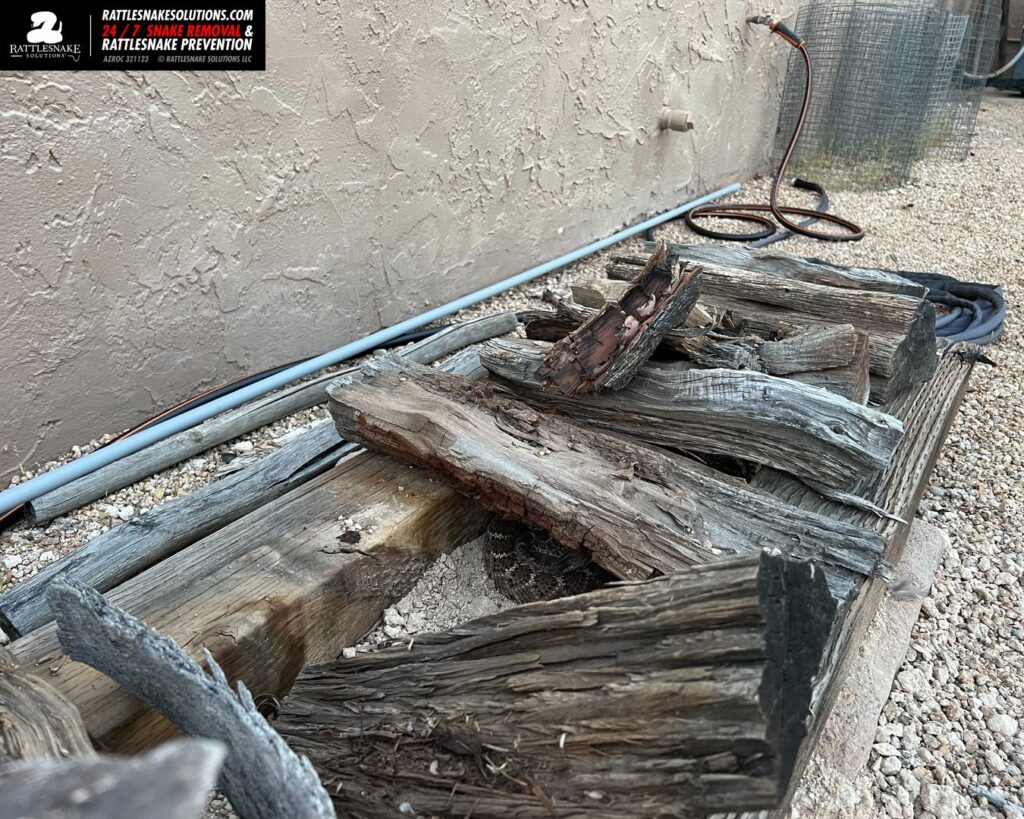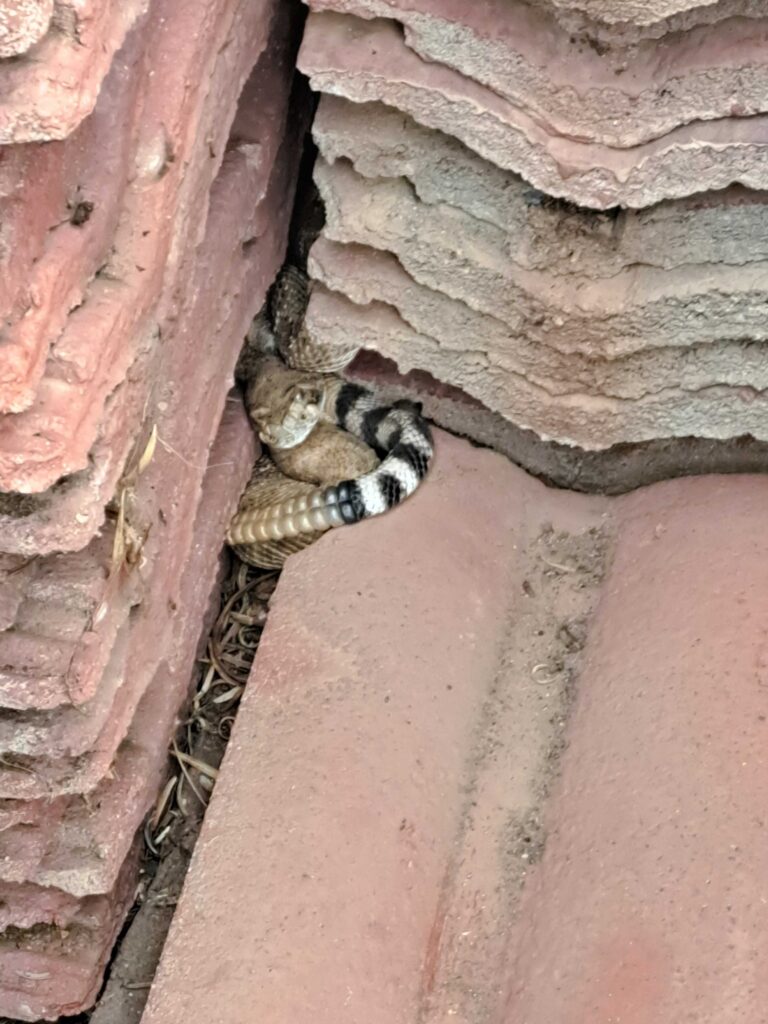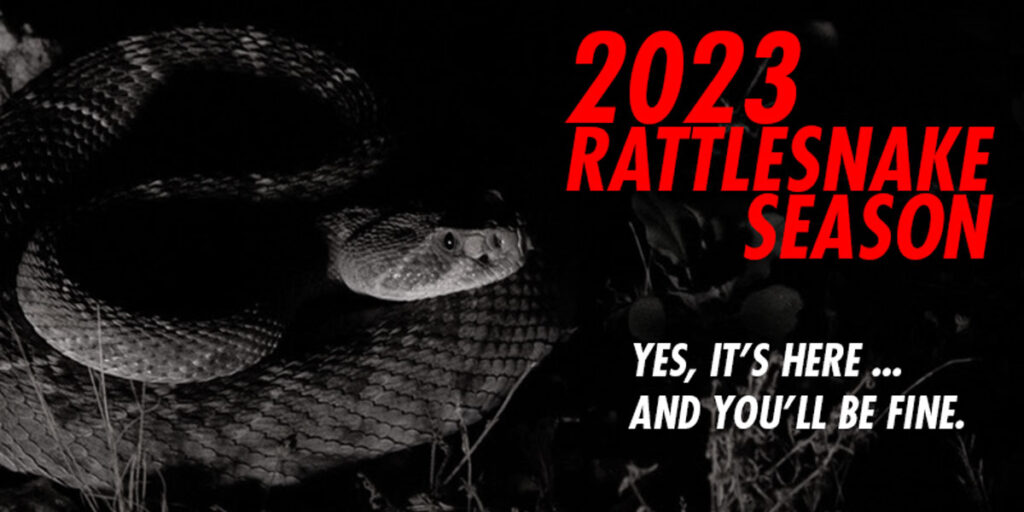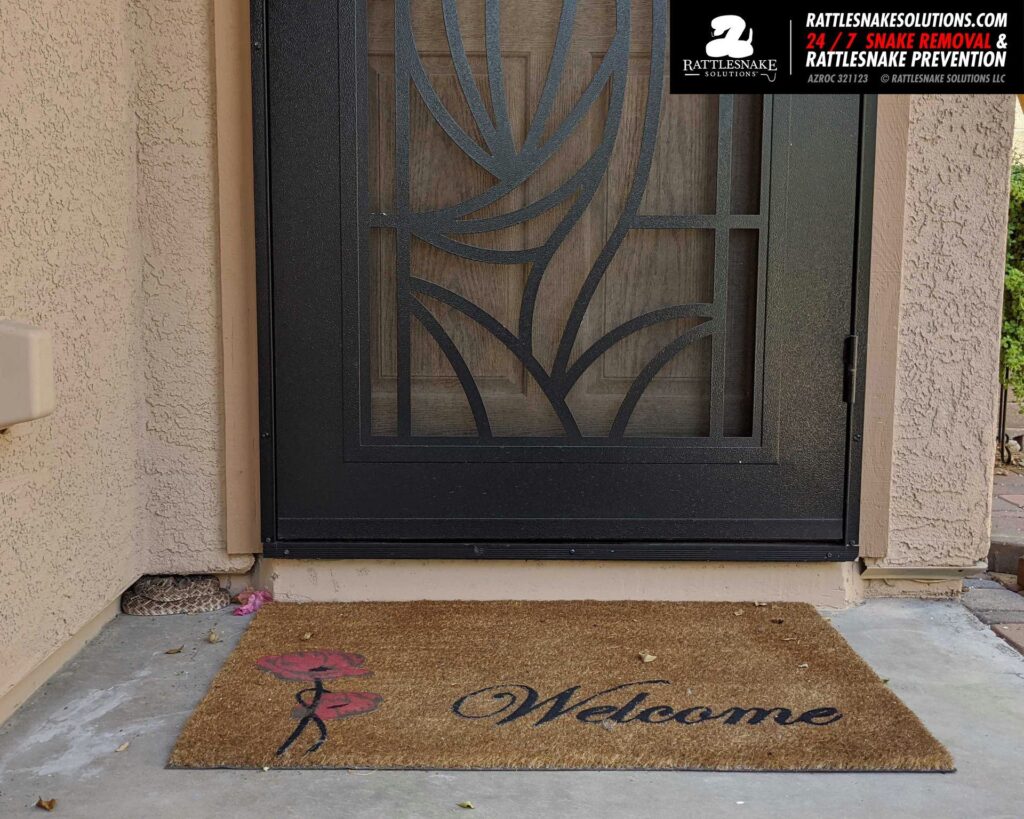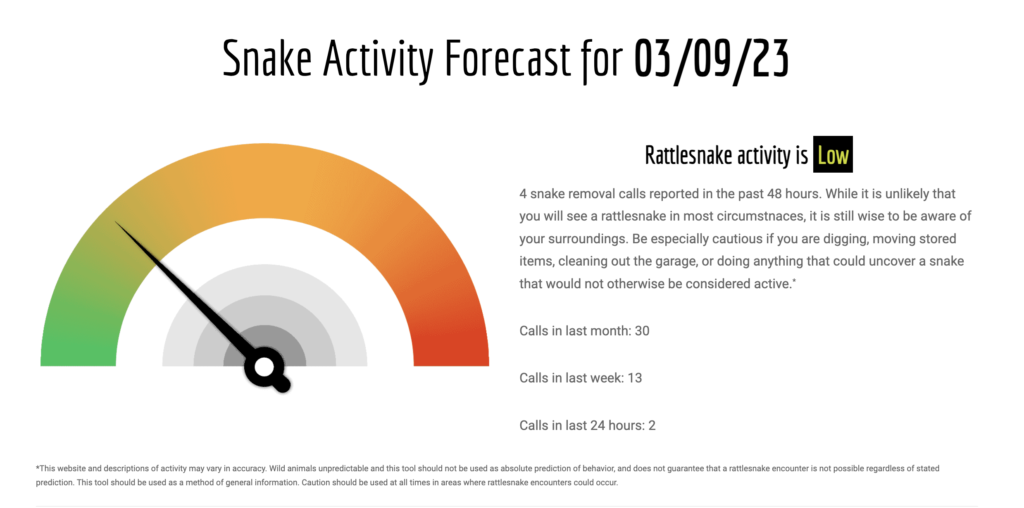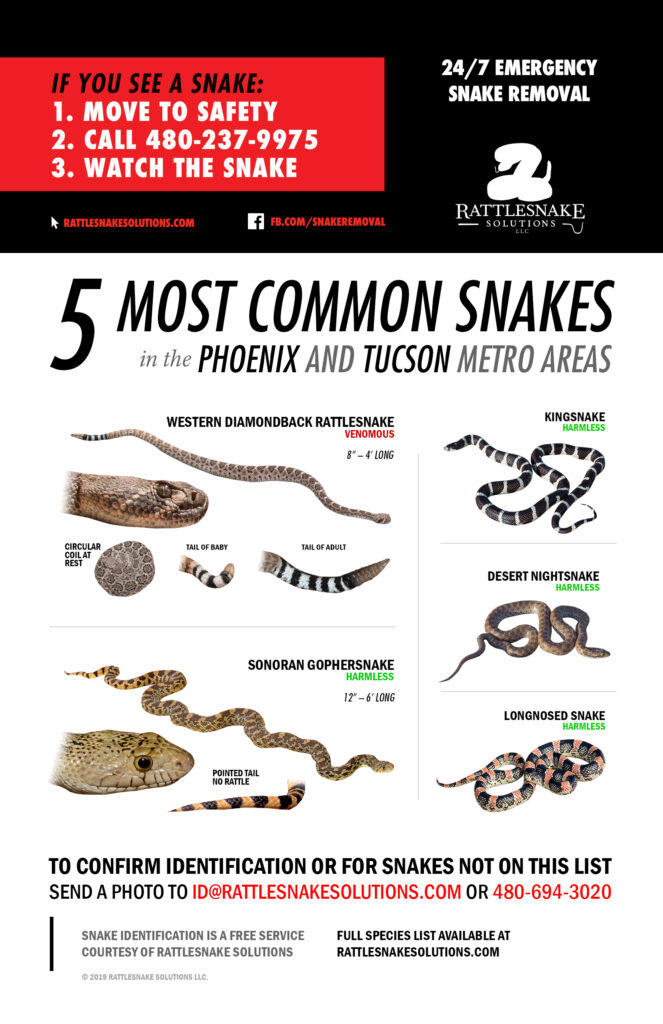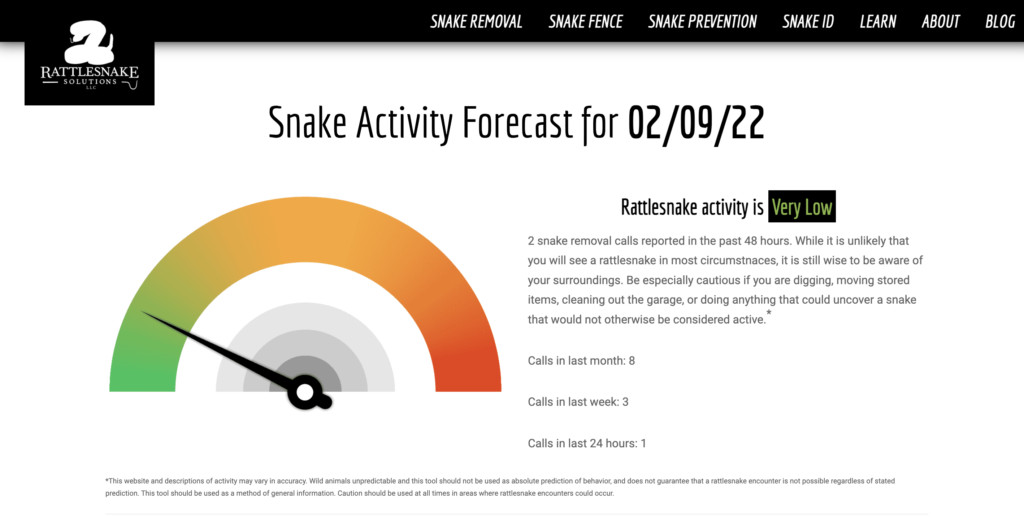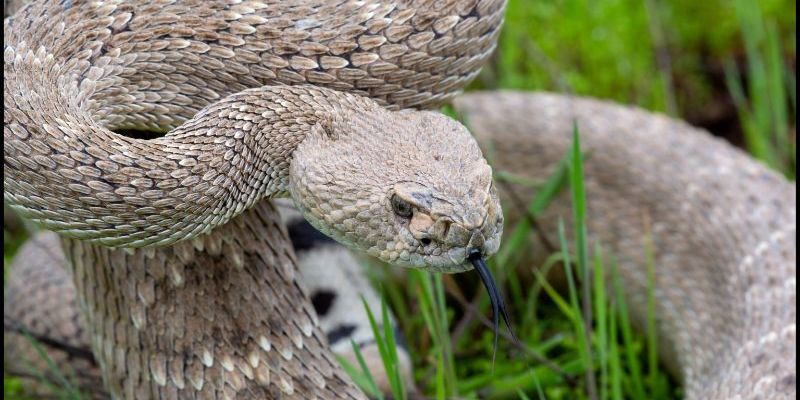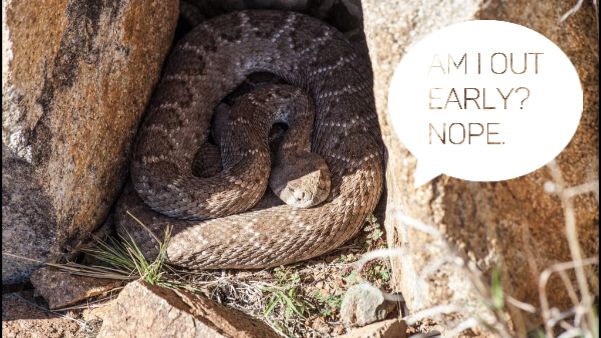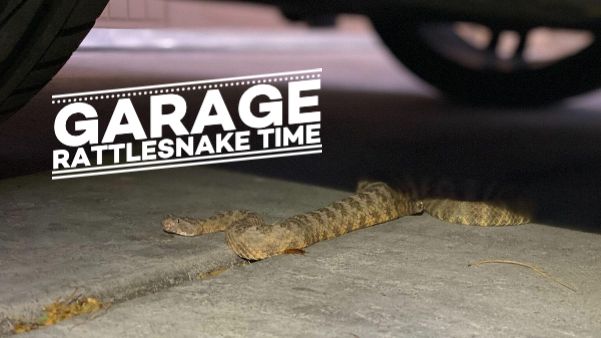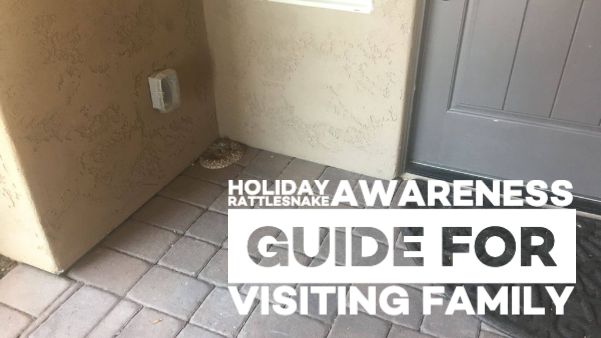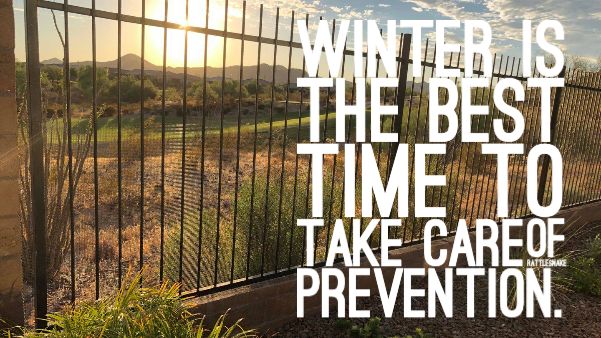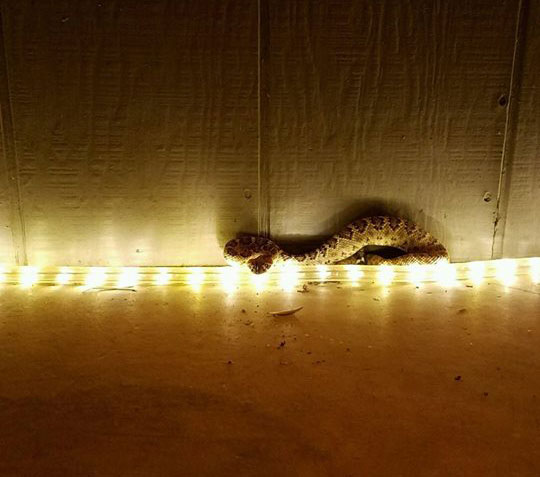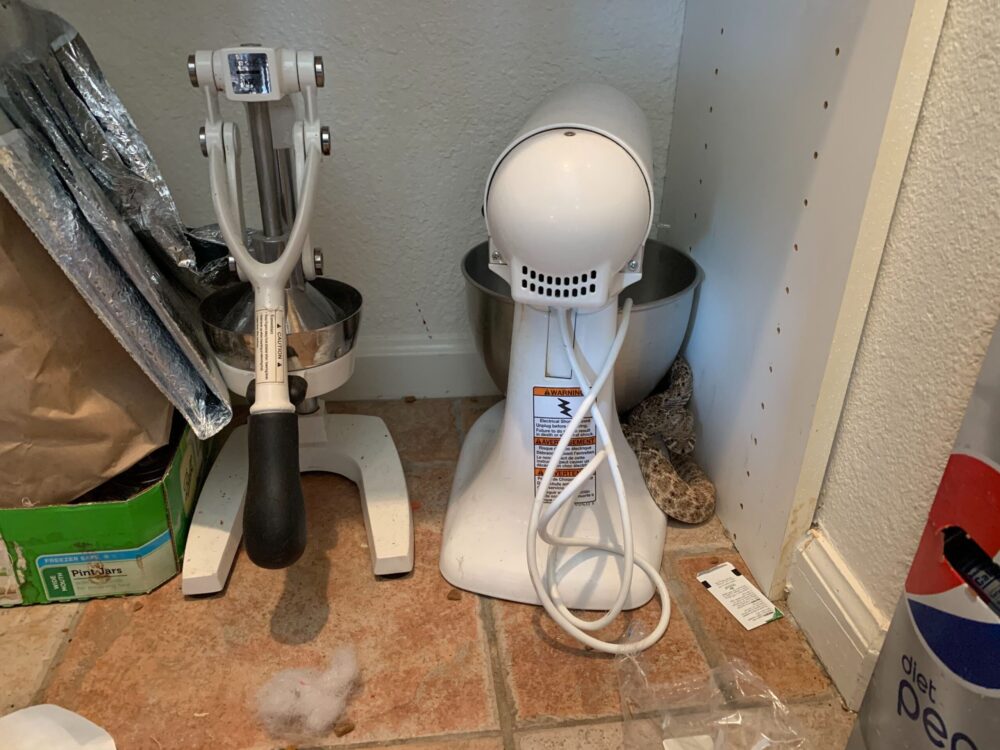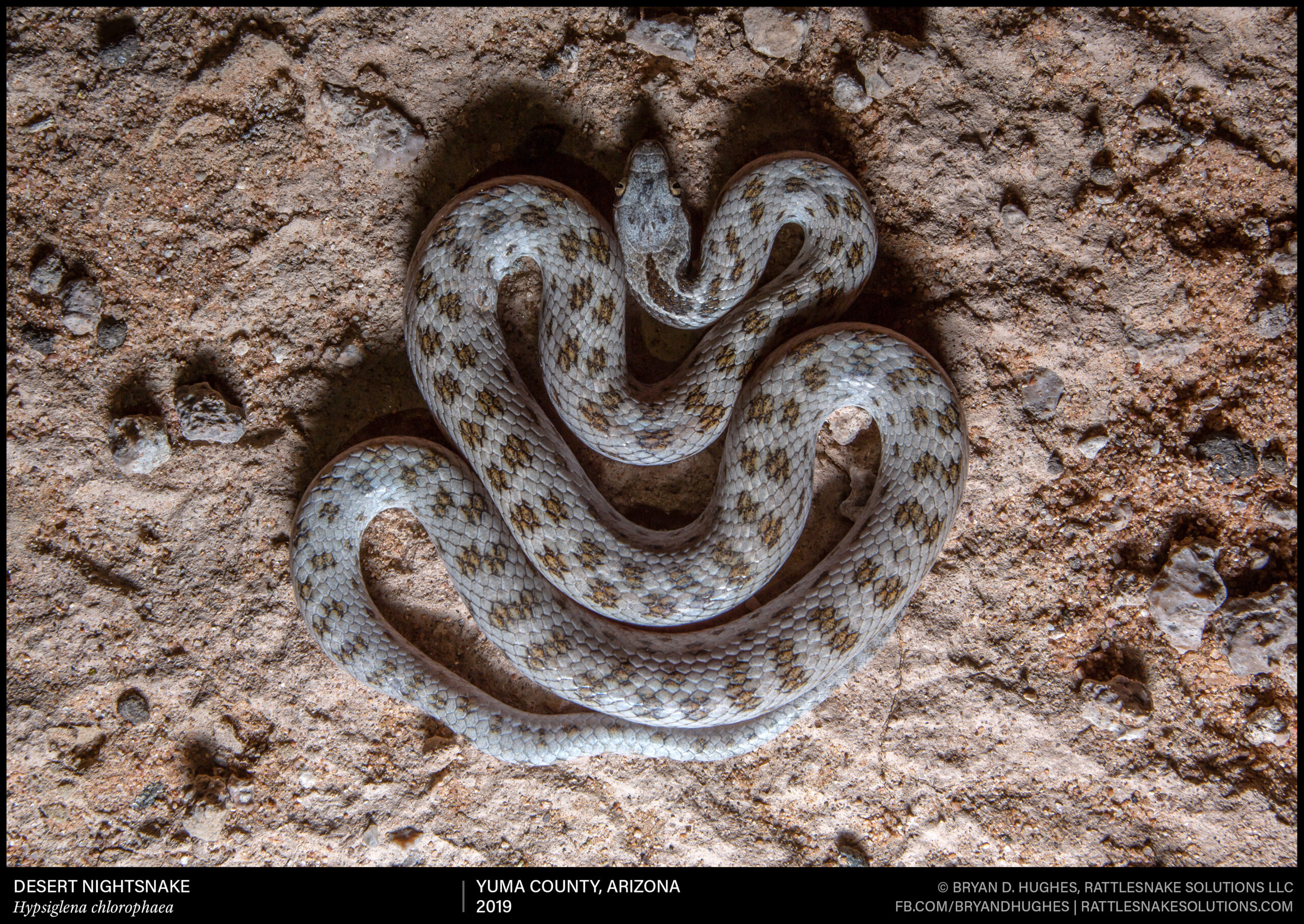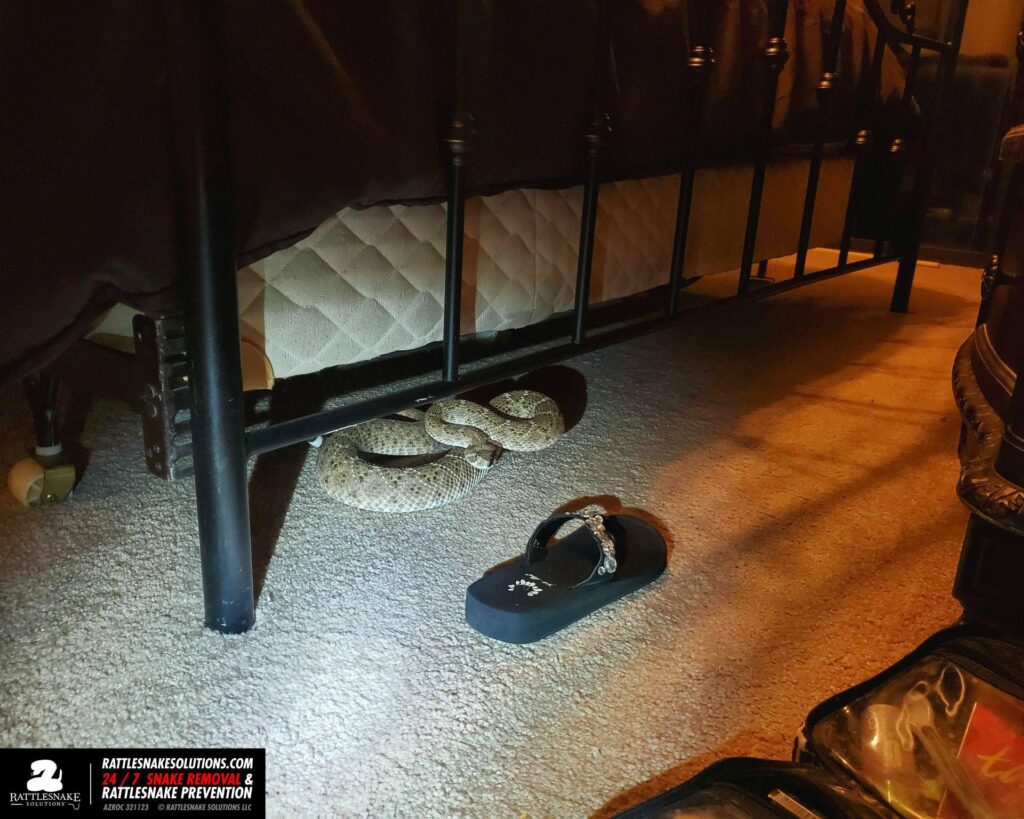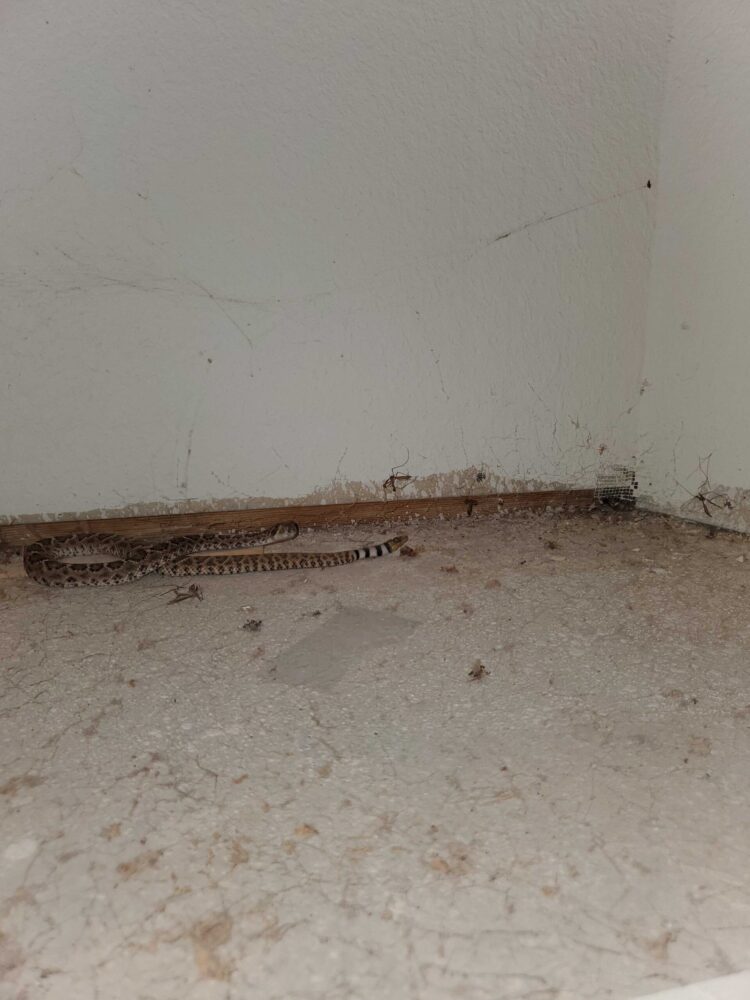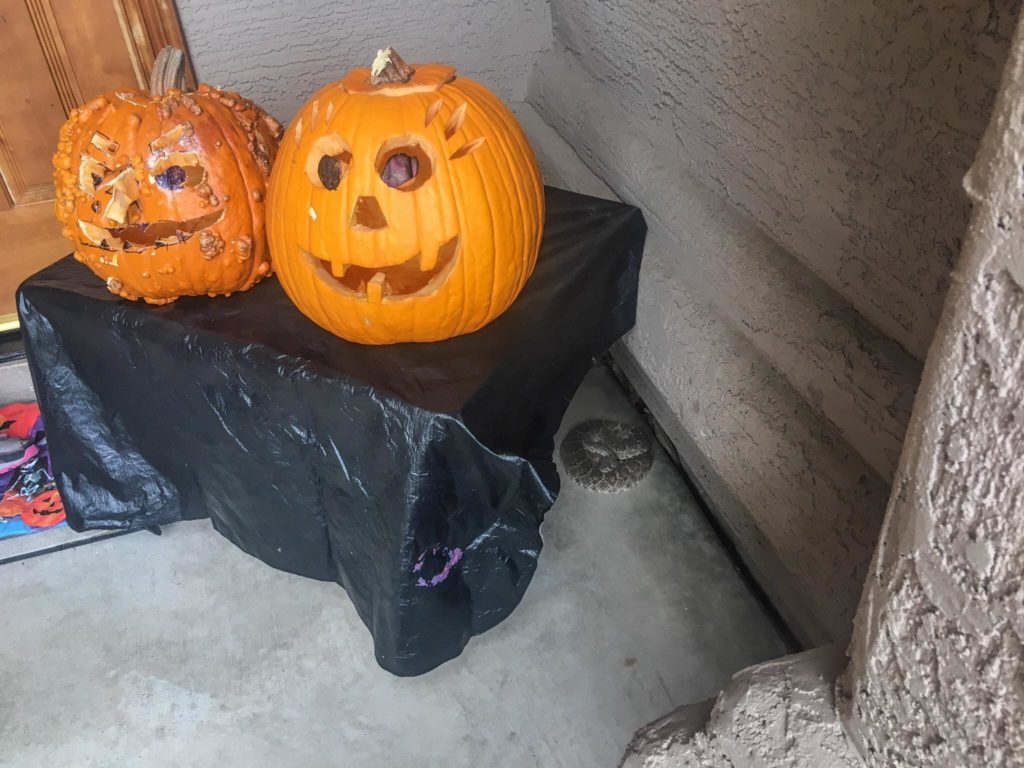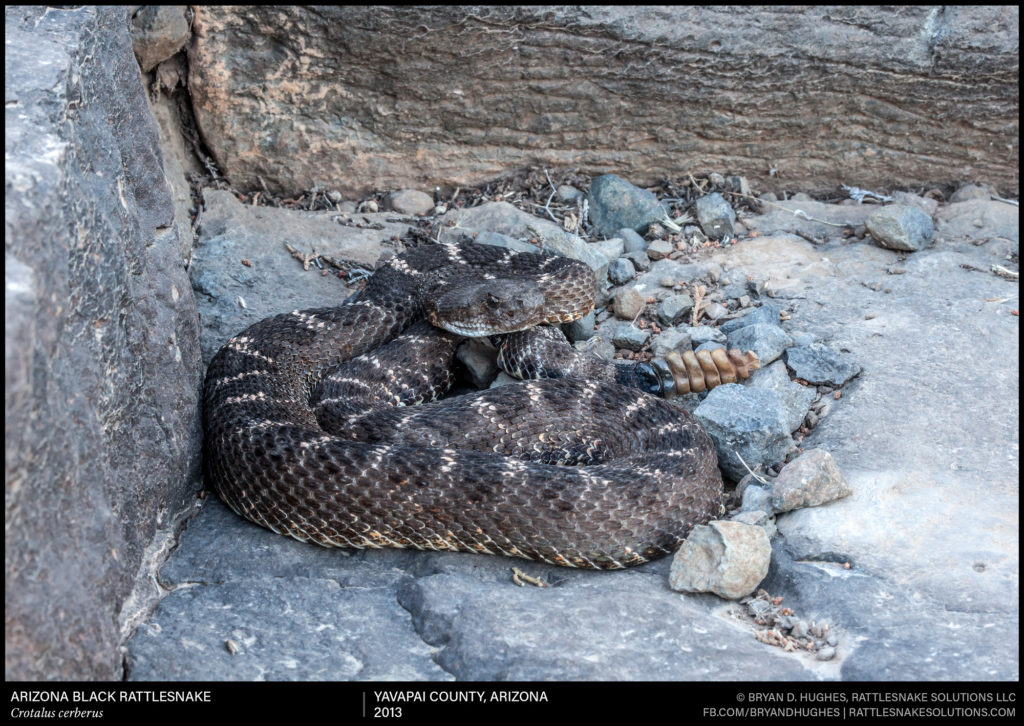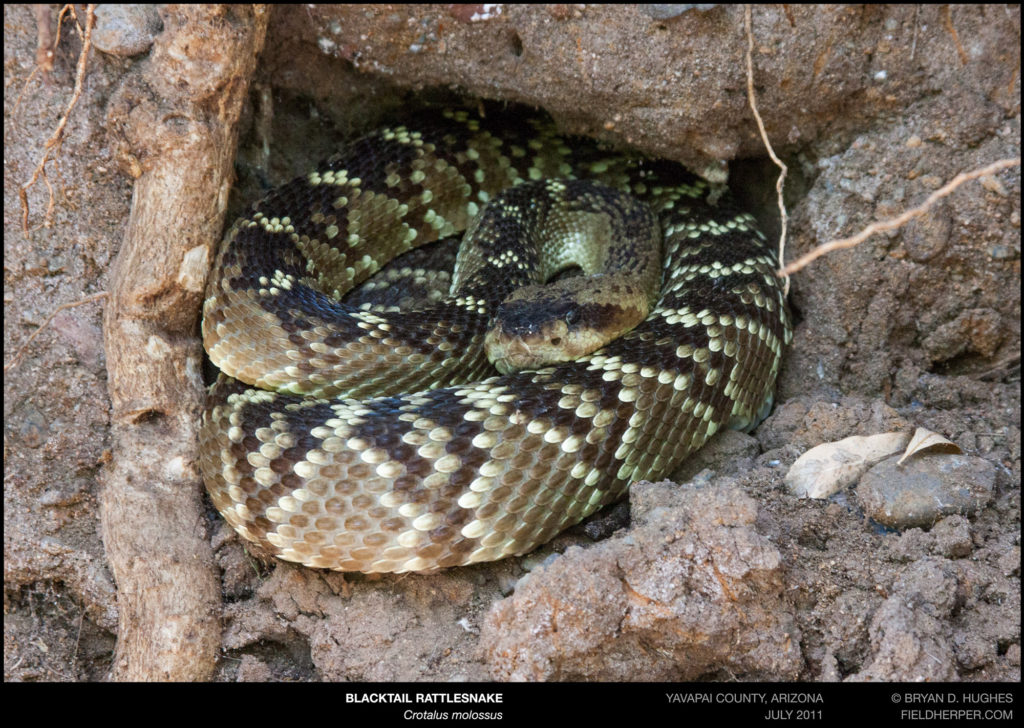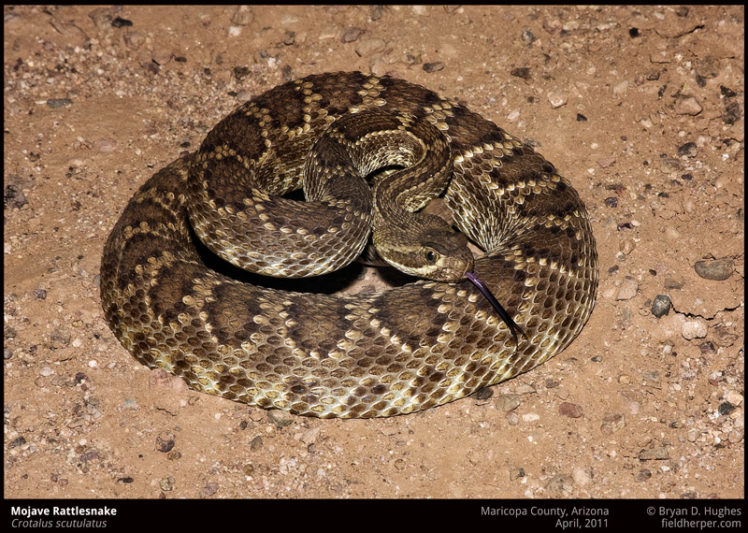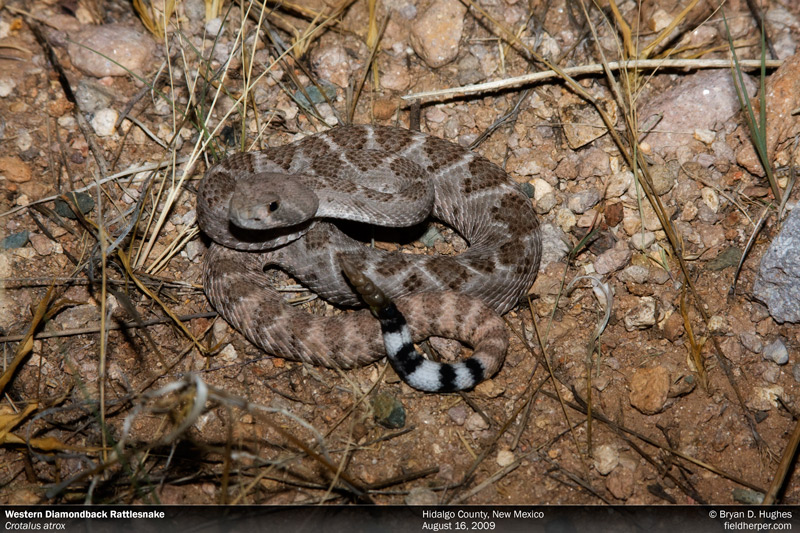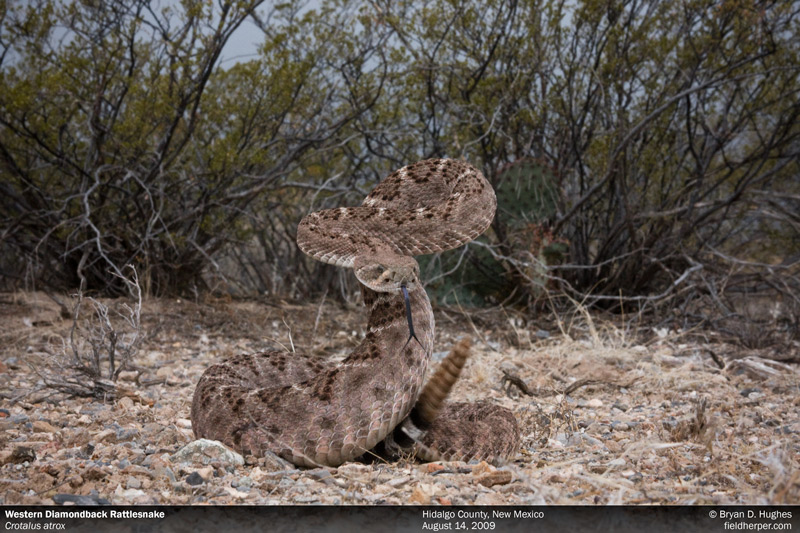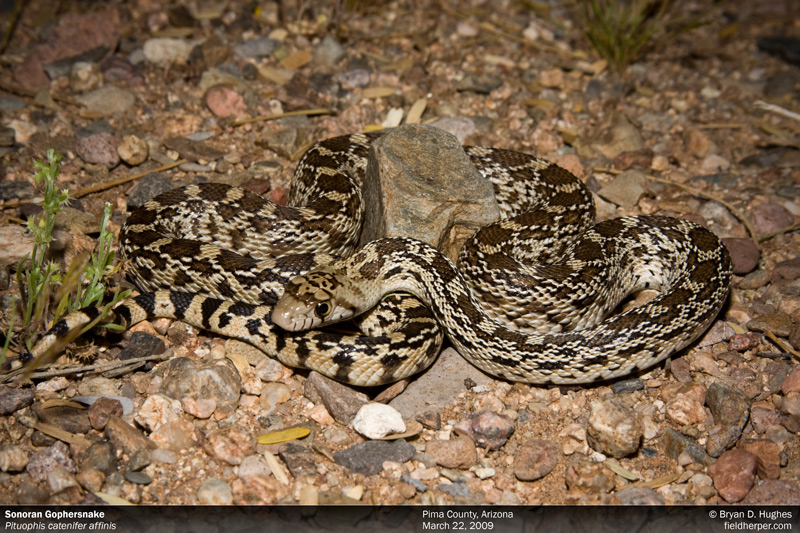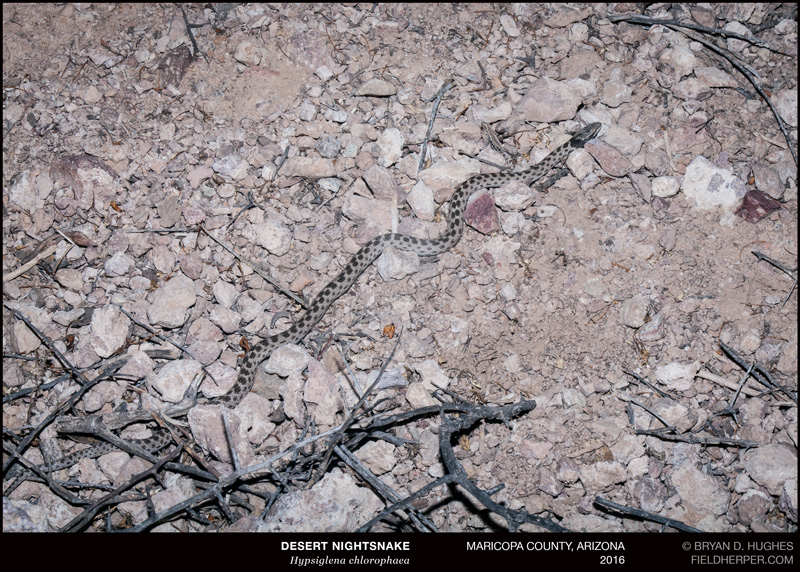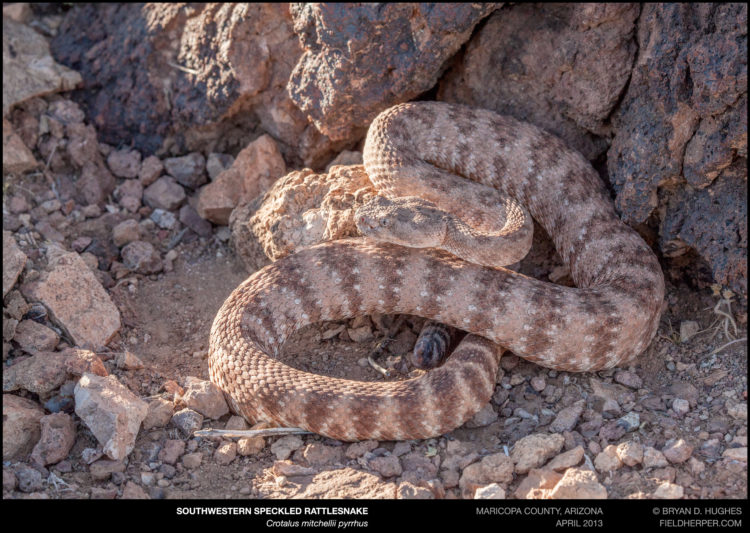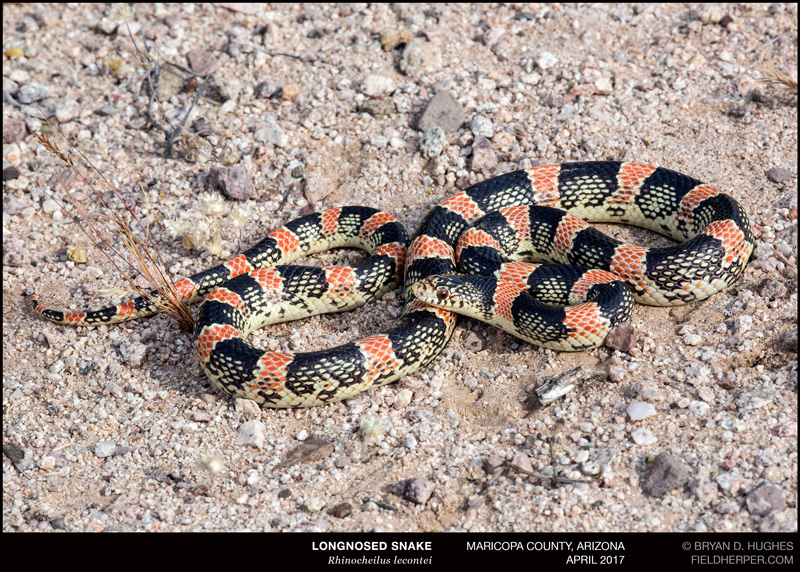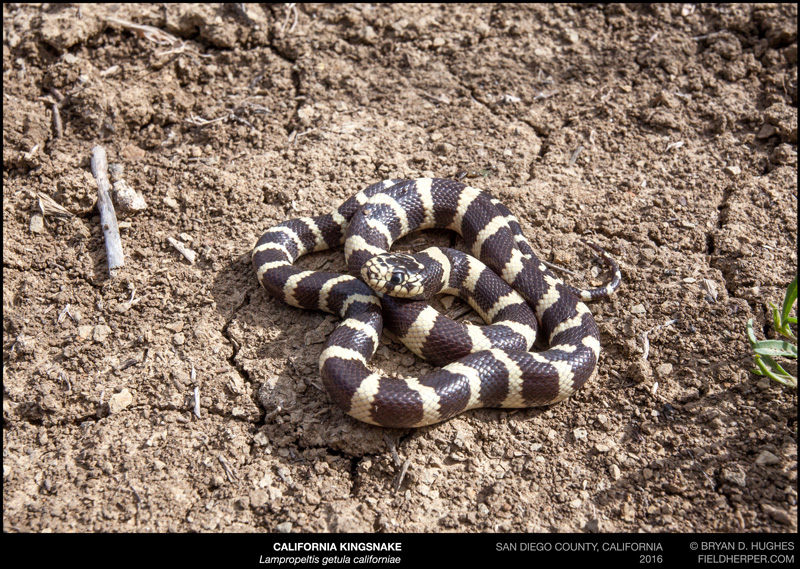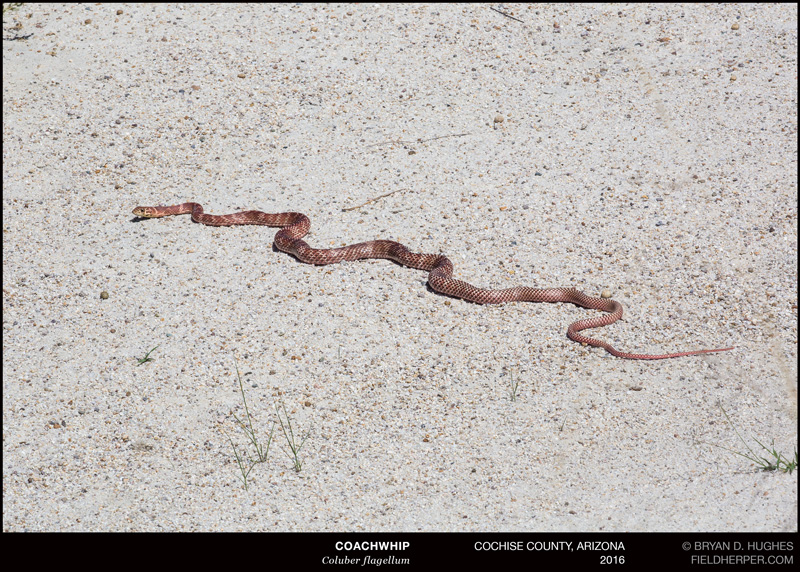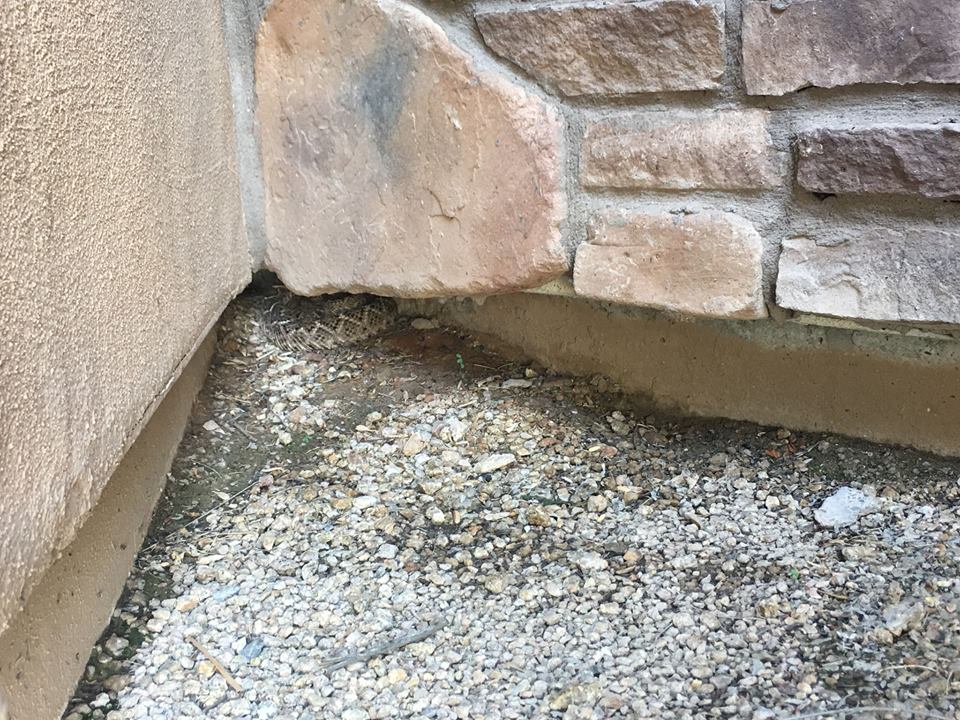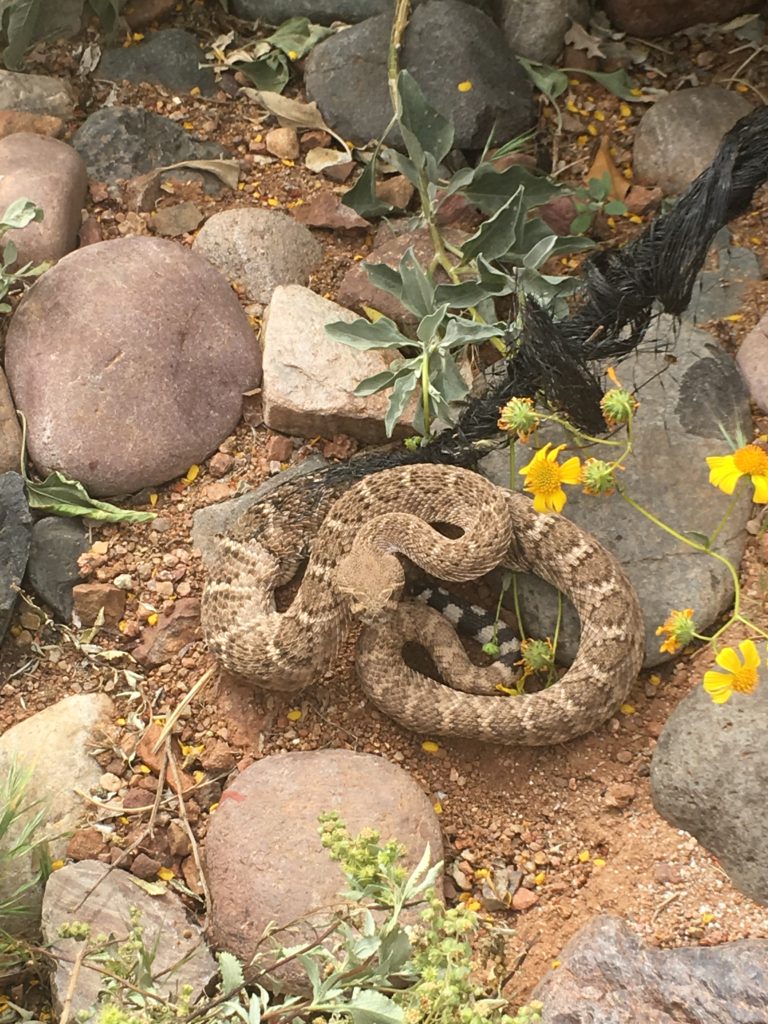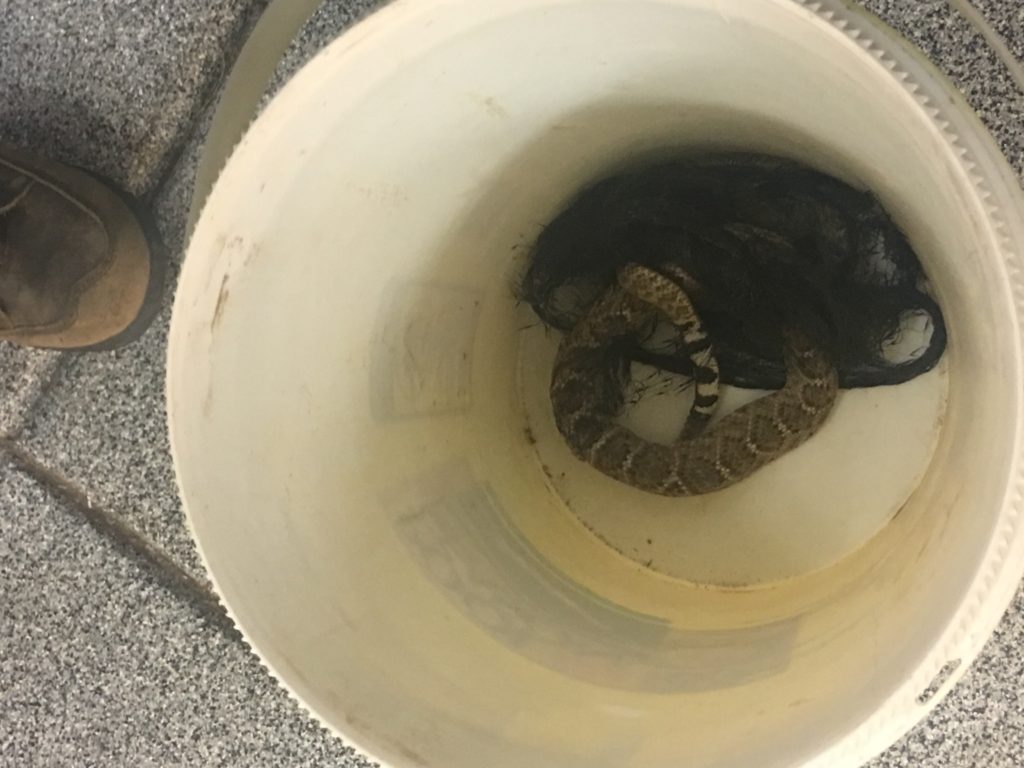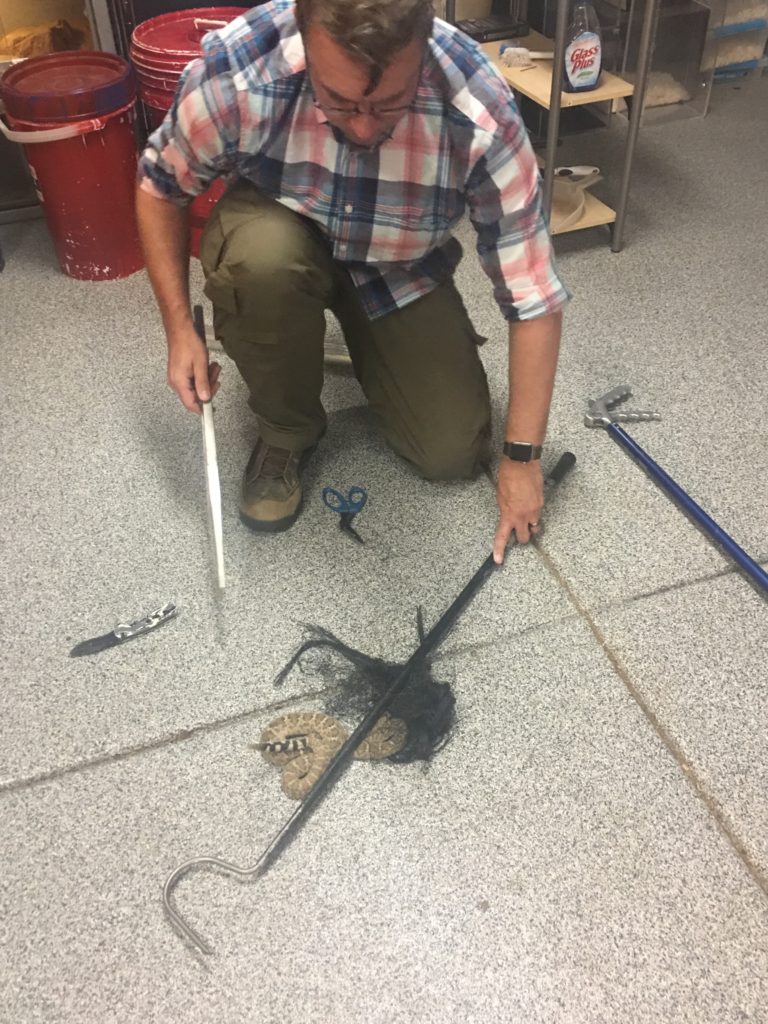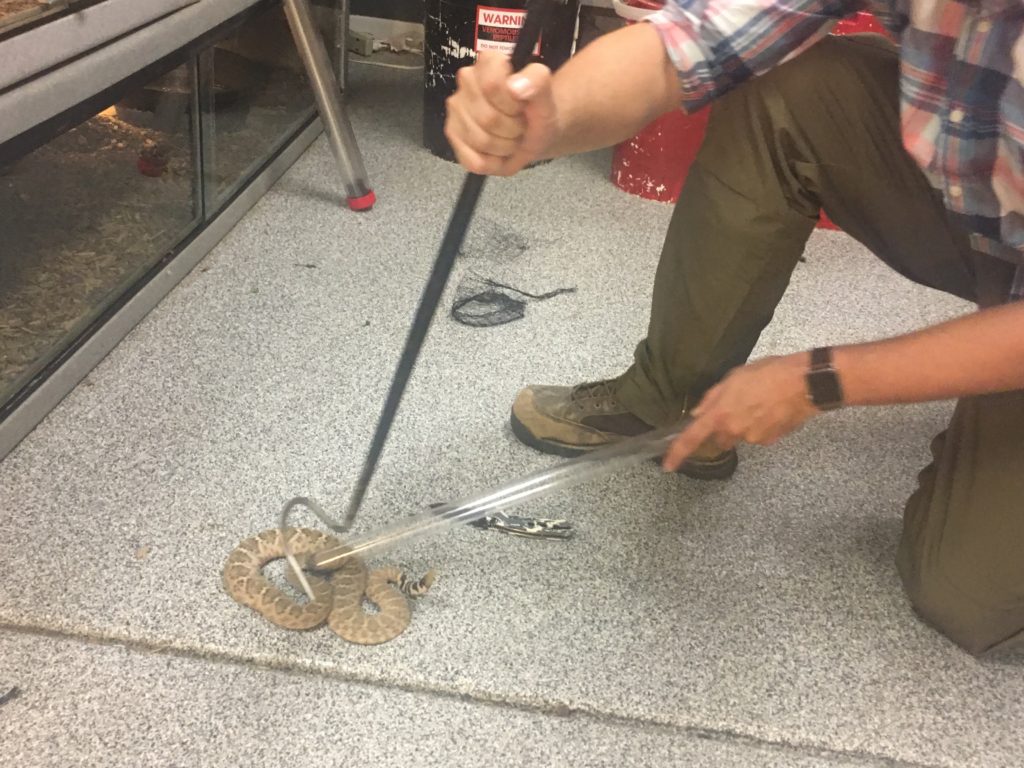It’s that time of year when every rattlesnake sighting prompts the question: when will rattlesnakes disappear for the winter? It’s a topic that causes some confusion with many people who believe that reptiles only want heat, and as soon as it starts to cool, they disappear entirely. But like many things with animals, the reality of the situation is much more complicated. Fortunately, after more than a decade of working with homeowners on conflict situations, during this time of year, we have the data to answer this question quite accurately. This observational assessment is based on the frequency, timing, and nature of the more than 15,000 snake relocation calls we have run since 2009.
Late October is peak time for rattlesnake encounters. This is completely normal. While there is no calendar for wild animals, there are some strong trends that are more or less true every year. Even though it’s still hot outside right now, we see no reason to believe this year will be any different. Here’s the timeline:
Throughout October, rattlesnakes are moving. By the third week of October, much of this activity takes place in a short window of time immediately after dark. This may only be an hour, where everything appears to move at once. Encounters with the snakes, may also happen in the early morning, as people see them resting in the temporary location they have selected. This behavior will reach a peak in the last days of October, through the first week of November. By the second week of November, even this behavior begins to wane. By the end of the second week of November, most rattlesnakes are where they intend to be for the winter and the encounter is driven by their traveling and mating. Behavior will have more or less ended. By Thanksgiving, any rattlesnake relocation requests we receive are snakes that are in garage, or other on property hibernaculum, indicating ingress has completed.
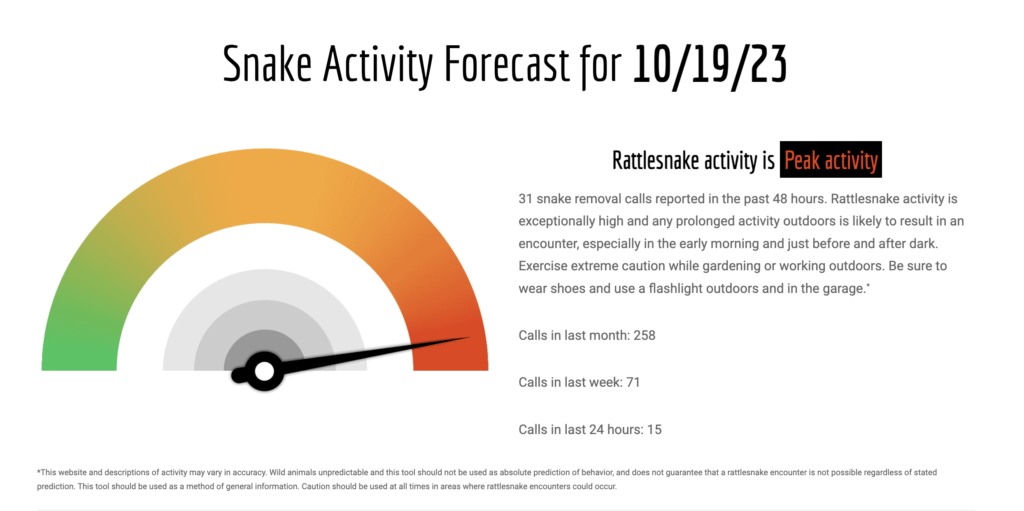
Late October rattlesnake encounters are perfectly normal
As days, go, shorter, and temperatures drop, usually, rattlesnake activity is going to change in a number of ways. First, although some may hunt and continue to do so later into the year, most are in transit. They are moving towards areas that they have selected to spend the winter. Some rattlesnakes like the young of the year or those who have been displaced by construction or other issues, may be in a wandering pattern, looking for a suitable spot. Others, maybe successful adult rattlesnakes that know exactly where to go, and they are moving in a straight line to get there.
Along the way, there may be conflict with humans. This could be, as the snake is crawling through a backyard and, spotted by the dog, forgets held up in a maze of block, walls and stucco. And increasingly, the overwinter destination itself may be on the property. This could be in a garage, under a shed, in the foundation of a home, under slabs of concrete, under air conditioning, or pool, equipment, and any number of scenarios.
The nature of these encounters can be different, because unlike those in the spring, where temperatures and day links were similar, the objectives of the animals may be different. Setting up ambush positions to hunt is no longer a priority, and rattlesnakes may be more likely to rattle out a person or a pet that discovers them as they are in transit. While in the spring time, most rattlesnake encounters at homes may be a snake soundly coiled in a corner, in this time of year it’s usually a snake on the crawl or moving across the surface. With winter, approaching, and the opportunity to hunt in the cool weather, drawing to a close, rattlesnakes are in conservation mode. Essentially, they have the food, energy and water that they have, and it’s time to get to a place for the winter to hang onto it. Remaining above ground, even in otherwise favorable conditions, has no benefit, and may only serve two accelerate the desiccation that may occur in an Arizona dry winter. Rattlesnakes in the low desert may even select overwintering sites that are cooler, to keep a lower, metabolism and slow, the loss of resources.
The fall is also mating, season, again. Wow, much of this behavior happens in advance of moving towards dens, it still occurs up until the end. This can mean that, in addition to traveling rattlesnakes, a homeowner can see pairs in courtship or mating. However, while this behavior is common, it does not seem to drive encounters the same way that it does in the spring time. In March for example if we find an adult female Western Diamondback Rattlesnake, we can often find males in the area searching for her. This is such a strong driver of encounters that in peak spring time, mating season, this might be something that we even expect. In the fall, however, this does not seem to be the case and courtship and meeting may be an aspect of opportunity as snakes continue to come together anyway to group social situations.
Rattlesnakes can still be encountered in the winter
Once snakes are in their dens, it does not mean that homeowners don’t need to think about them during the winter. Please note that I did not use the word “fear” there, as it isn’t necessary or helpful when all that must be done is to remain rational and, take minor precautions. This means that if you live in an area where rattlesnakes can occur, just do as you always would, and follow the basic rattlesnake safety measures you do the rest of the year. Don’t reach where you can’t see, always watch where you walk even on cold days and nights, use flashlights and wear shoes, etc. Just because rattlesnake encounters are much less frequent does not mean they don’t occur, in fact, they often do, so just stay sharp.
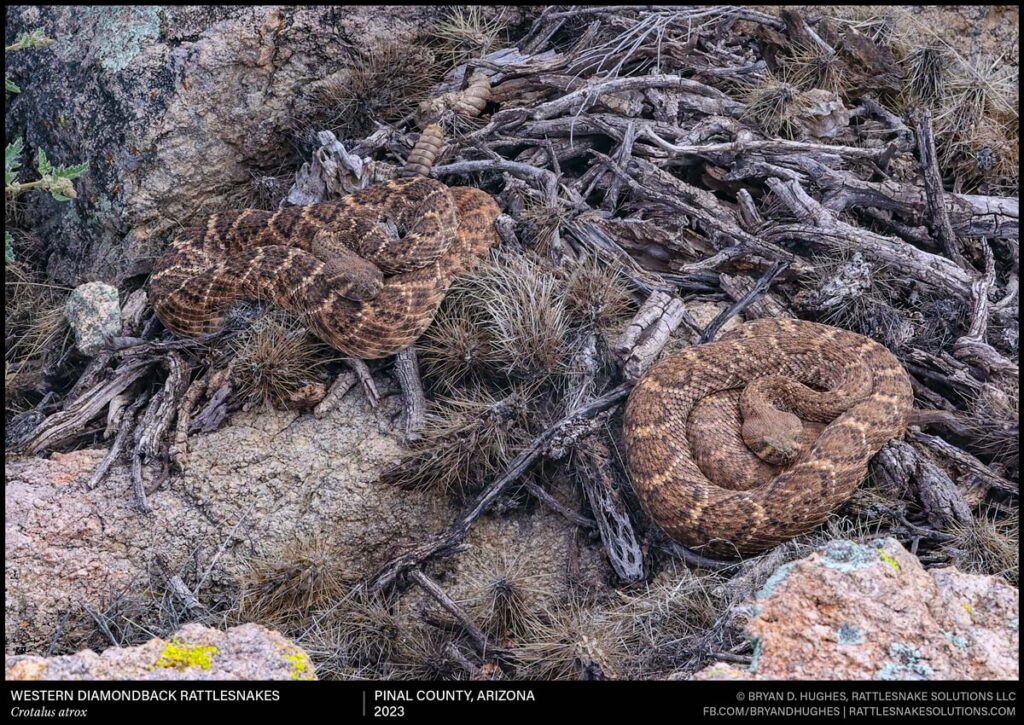
Keep rattlesnakes from using your property as a den:
Here are some things that you can do as a homeowner, often relatively easily, to reduce the chances of your property, becoming a rattlesnake den. If this is a concern, devote hey Saturday, and in most cases, you can be done in that time one.
- Identify and remove any deep hiding opportunities. This might mean pavers stored along the side, yard, those cinderblocks you meant to do something with, but the project has stalled, the old pool toy box full of deflated floaties, etc. Any items that are stored, long-term and not disturbed can create thermal protection that rattlesnakes and other animals can use
- Move the firewood stack to a different location. In fact, do this once a year. It doesn’t need to be far; you can just move it right next to the original location if you choose, but just make sure that it is not a permanent location. Firewood piles are a favorite for rodents and the holes that they dig can be used by rattlesnakes. We often are called to remove rattlesnakes from firewood piles during the winter, and simply moving them, seems to prevent that quite well.
- Find and repair any openings into the foundation of structures. These do not need to be large openings, they can even be what look like in minor cracks, going up into the flashing, or a wall joint that has eroded or settled. This can also include sheds or other secondary structures, built on concrete pads that have rodent tunnels going under them or other openings. The quick fix is expanding foam, easily obtainable at any hardware store, while the long-term fix can be arranged.
- Learn what a packrat (wood rat) nest looks like and destroy the ones you find on your property. Paquerette nests are favorite homes for rattlesnakes at any time of year, including the winter. Rattlesnakes live alongside these rodents in these often deep and well insulated spaces. To remove a packrat nest permanently, traps, and other rodent control won’t do the trick. Destroy the nest itself. You can do this by flooding it entirely with a garden hose several times, then using garden tools to remove and spread the surface debris and collapse all entrances. Repeat until it is no longer being repaired by the rodent. This single step may be the most important one in this list.
- Repair any gaps in garage door seals or call somebody to make sure that gets done. If you see debris and dirt in the corners alongside the edges of garage doors, that means that they are not sealed and animals, including rattlesnakes can get in. You may also want to use this time to get to that long, awaited garage, clean out, and re-organization you wanted to do forever. Cluttered garage are great places for a rattlesnake to spend the winter undisturbed in safety and relative warmth, and they often do. Because it’s a long corners and walls, and reduce the number of hiding spots as much as possible.
- Check the areas around seldom visited parts of the yard, like the pool pump, equipment, and air conditioning units. These are often mounted on concrete pads which rodents do you under to create spaces. These are also out-of-the-way locations that people don’t visit very much and as a result, the place where things like bricks and discarded pool toys end up being discarded. Clean up any of these items and fill or collapse any rodent holes going underneath.
- If your yard has large and extensive tracts of low-cover landscaping, such as lantana, rosemary, and natal plum, consider upgrading to less rattlesnake-friendly plants. These popular landscape vegetation choices, often create inches of rotting organic material underneath while also retaining moisture We have removed hundreds of rattlesnakes from the situation at homes over the years.
- If your property uses riprap, or other piled rock, as decorative or erosion control material, be cautious. The best situation in either case is that the rock is situated to be no more than one or two rock layers deep. This means that each rock in the layer is exposed to the sun and touching the ground. This is not necessarily a useful feature to be a rattlesnake if done like this. If the rock is several layers, deep, however, creating spaces and thermal opportunities within, rattlesnakes, and other animals will, of course find this useful, and perhaps no time more so than in the winter. If this rock area is made of piles of cantaloupe-to-watermelon sized boulders, and several feet thick, you can probably count on rattlesnakes using it. Of course, this rock may be in place for functional needs like erosion control, but if you have an abundance of rattlesnake visits throughout the spring, it may be worthwhile to consider other options
- Be especially cautious, when pulling out items from storage that have been there for a long time without being disturbed. Specifically, holiday decorations. It is likely that your plastic Christmas tree and box of tangled lights have been sitting in the same corner of the storage shed without being looked at since you put them there last January, that means by the time you reach for them again in December, they have served only as a potential hiding spot for animals that doesn’t want to be disturbed. This is the same for Halloween, Thanksgiving, New Year, or whatever other holiday or overwinter things you might only look at once a year.
- If there has been a dry period for more than two months, and rain comes, rattlesnakes will come out of the den to drink it. This will happen in any temperatures above freezing. That means that if it is the middle of December, and it’s midnight and 35° outside and it starts raining, rattlesnakes will be out. They won’t go far, maybe a few feet to a nearby bush for a little while, but this phenomenon is very reliable. Keep this in mind when going out to get firewood or other activities in such an event.
